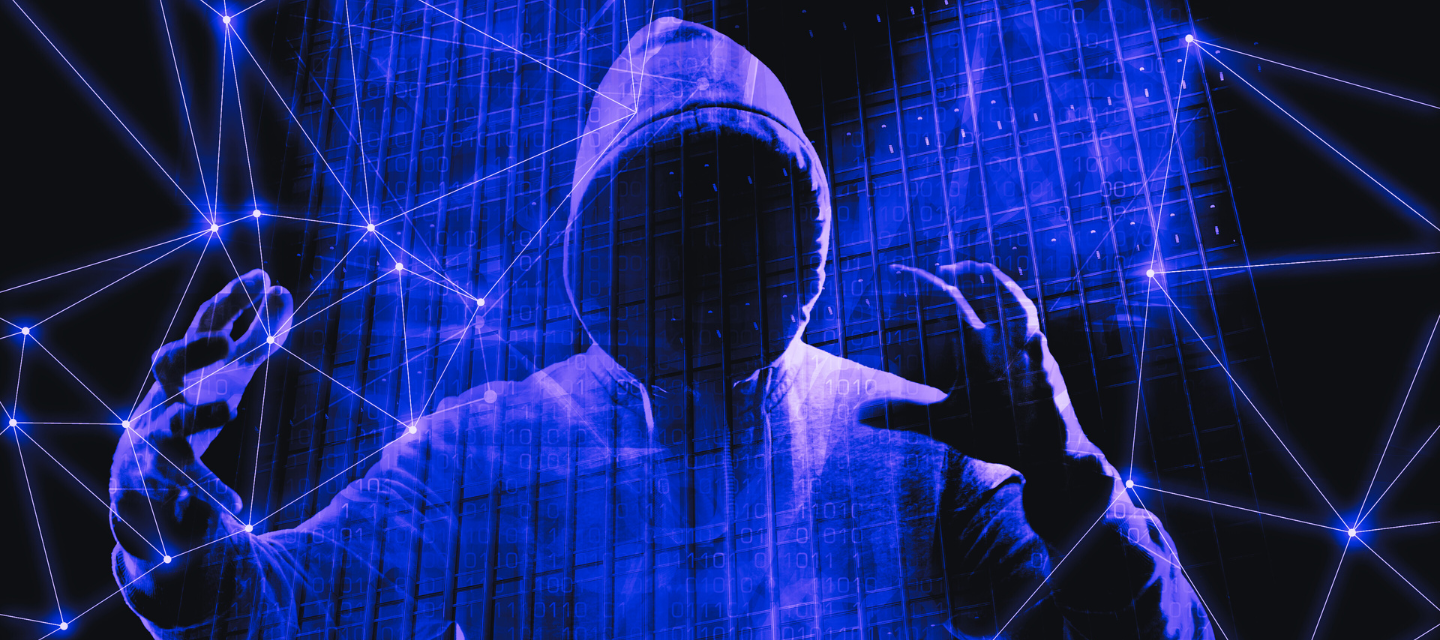The emergence of advanced threats presents a serious challenge to both individuals and organizations in the constantly changing field of cybersecurity today. The Loda Remote Access Trojan (RAT) is one of the most dangerous of these viruses. Loda RAT, created in AutoIT, a user-friendly scripting language for Windows automation, has been actively used by a number of threat actors and has shown a range of capabilities that require our attention.
How Common Loda RAT Is
Due to its reputation for delivering harmful payloads such as keyloggers, data theft, and the unapproved acquisition of private data, Loda RAT has become well-known. The most common way that it is disseminated is through phishing email operations, which have been around since 2016.
The Loda Malware's Capabilities
Loda RAT is a versatile tool for cybercriminals, offering a range of capabilities, including:
- Utilizing Remote Desktop Protocol (RDP) for remote access to compromised systems.
- Data and file theft.
- Execution of additional malicious software.
- Keylogging and mouse click monitoring.
- Microphone eavesdropping.
- Taking screenshots and capturing webcam images.
- Establishing communication with victims through a chat window.
- Gathering information on installed antivirus programs via a WMI query.
The Internal Mechanisms of Loda RAT
Loda RAT replicates itself within the host machine's temporary files folder, running a copy to avoid detection. It also creates a scheduled job to launch upon system startup. After execution, the malware sends vital system information, including IP address, operating system version, and architecture, to its Command and Control (C&C) server.
Interestingly, Loda RAT also has an Android version, functioning as a tracking tool capable of recording audio conversations, monitoring SMS, and making calls without user awareness.
The Role of Threat Modeling
Proactive measures become crucial in an environment where threats such as Loda RAT are constantly emerging. Threat modeling provides a methodical way to find possible weaknesses, create strong security protocols, and protect important resources.
For instance, organizations can leverage threat modeling to mitigate the risk of ransomware attacks, a prevalent threat in the cybersecurity realm. According to Cybersecurity Ventures, global ransomware costs are projected to reach $265 billion by 2031. By identifying vulnerabilities and implementing security measures, organizations can save lives and costs.
Threat modeling also aids in continuous monitoring and improvement. As new threats emerge, organizations can adapt countermeasures, such as the case of Loda RAT. By updating security measures regularly, they can effectively address evolving threats and protect digital assets.
Loda RAT serves as a reminder of how enduring and dynamic cyberthreats are. Companies and institutions need to be on the lookout for this virus because it is being used by numerous threat actors. Protecting private information, financial resources, and sensitive data is essential in a time when cyberattacks are common and getting more complex.
By implementing threat modeling and continuously enhancing cybersecurity solutions, individuals and organizations can stay one step ahead of cyber threats. Proactive measures, combined with a deep understanding of the threat landscape, are key to fortifying defenses against persistent adversaries like Loda RAT.
Empower Your Defense! Discover How ThreatModeler Can Shield You from Cyber Threats.



